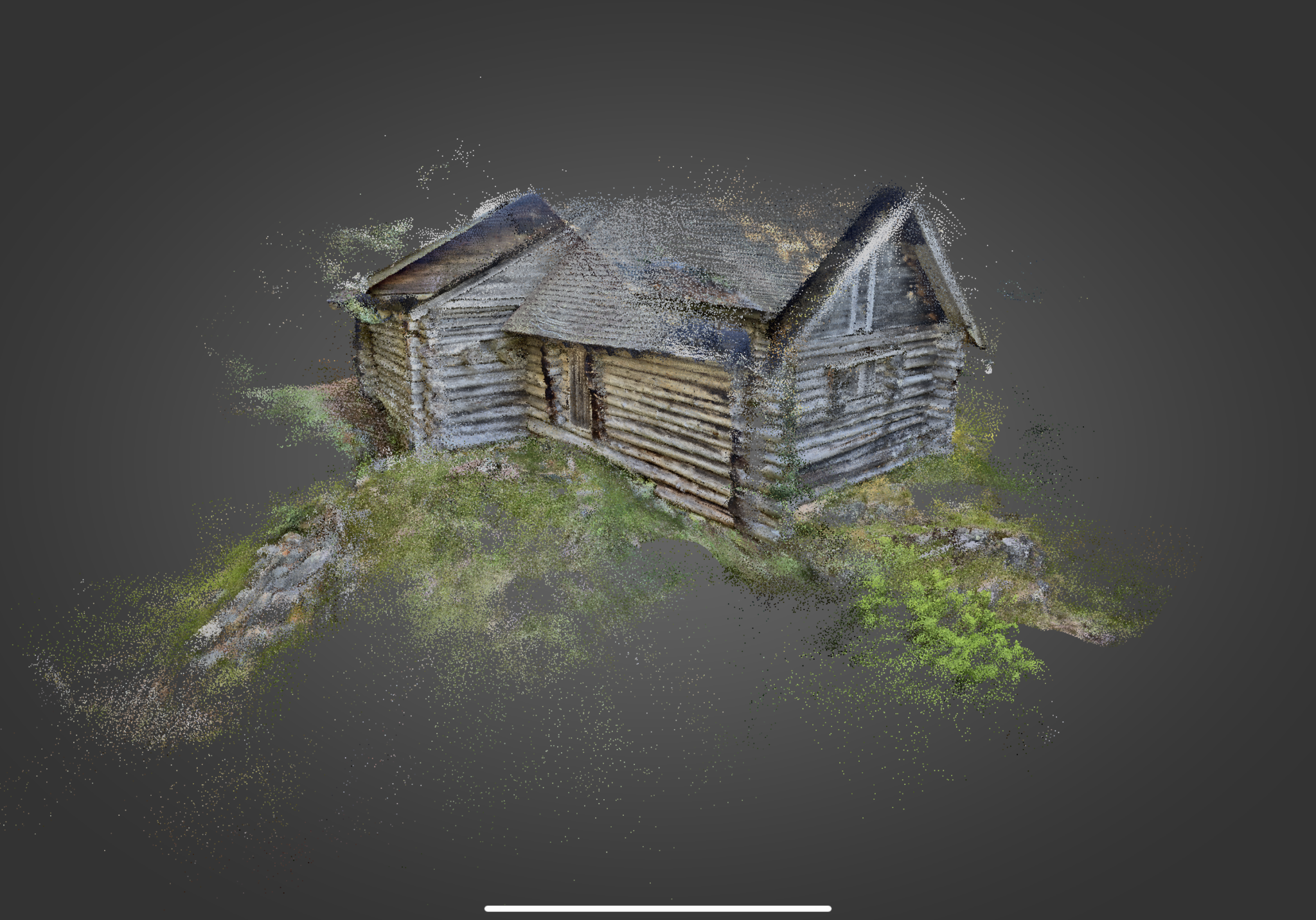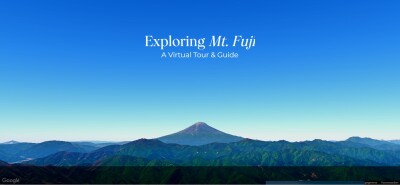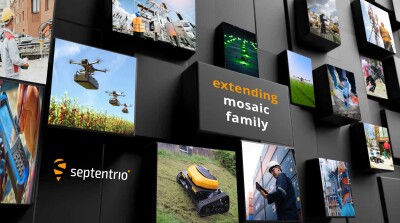Want to scan a room, a scene, a piece of furniture or other object from a consumer device using lidar and create a point cloud? Thanks to a convergence of ARKit 4 and lidar technology available on the latest iPad – it is now possible. Only a few months after the announcement of updated AR tools from Apple, SiteScape has launched a beta application that captures 3D point clouds from lidar collected from the iPad’s sensor.
SiteScape founder Andy Putch has a background in flight planning and pre-visualization in 3D, working to create flight planning tools for drone-based photogrammetry. When he was with Drone Deploy, he worked on special projects focusing on understanding and improving positional accuracy of meshes, point clouds and other photogrammetry outputs.
This year at the Worldwide Developers Conference (WWDC) in June, Apple announced the next iteration of their augmented reality development platform; ARKit 4. Following the announcement of their lidar-enabled line of iPads, it seemed that it was only a matter of time before those two developments were sourced for lidar-based scanning. Apple’s advances in improved tracking in AR was a big part of what makes the scanning app a possibility – Apple provides a solid spatial estimate of the iPad’s position, says Putch.
“We had a demo that we were playing around with – how to make a nice texture, etc. – and then Apple ticked it up another notch at WWDC with ARKit 4. That’s when we moved from mesh over into point clouds because ARKit made that a compelling and much more stable and robust method for doing 3D capture.”
The SiteScape application, which is available for beta testing, is designed to be broadly useful out of the box. You can follow the progress and capture of the point cloud as you scan, and are not limited to standing in one place. In fact, it is encouraged to walk around as you perform the scan. The results are impressive (especially from a consumer device) and a gallery of scans published on SketchFab include rooms, vehicles, furniture, and even natural scenes like trails and granite rock outcroppings.
Users can start capturing, and then you can export to a .ply and take it into MeshLab or Cloud Compare or other software that processes point clouds. While the use cases that come to mind for Putch are in the AEC world (for construction and documentation management), there are many different industries that might benefit from something as simple and straightforward, says Putch.
“We wanted to let folks kind of run wild with it – and tell us more generally about what they are interested in doing with it.”
The app, in its current form, is completely free, and the only cost is the lidar-enabled iPad that can be purchased directly through Apple. There are also growing rumours that similar sensors are slated for future iPhone models, so it is possible that in the future, the functionality that SiteScape provides can be accessible to the masses, says Putch.
“What I keep hearing [from beta testers]is that there are all these times where they would love to get a quick laser scan of a site of one part of an area, but they don’t need that millimeter level accuracy that they would get with a traditional scanner.”
Beyond the AEC industry, this type of quick overview scanning could be useful for anything from education (imagine creating virtual field trips of unique locations), to archaeology (initial site mapping and planning), home renovation, landscaping and many more enterprise and non-enterprise use cases. By lowering the barrier to entry, but also freeing up the scans to be ingested into other software, this trend is worth paying attention to.
While the software is currently in beta, Putch encourages people to sign up for the beta test and to play around with what they come up with. On the SiteScape website there is also a call for entries for a scanning contest running through August 23rd. To enter, scans created with SiteScape can be uploaded Sketchfab with the tag #SiteScapeContest before Sunday, August 23rd. Five finalists will be selected, with the SiteScape user community voting on the winner.






